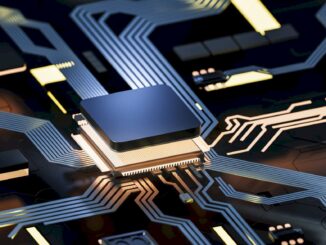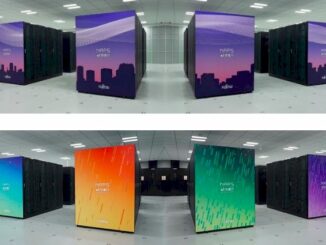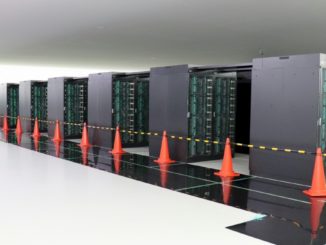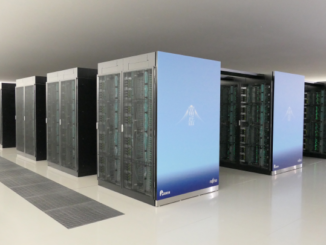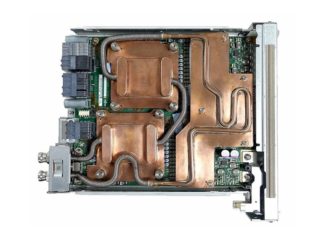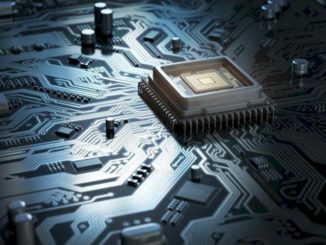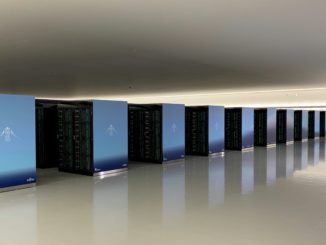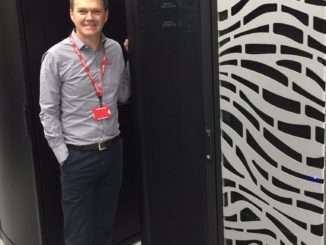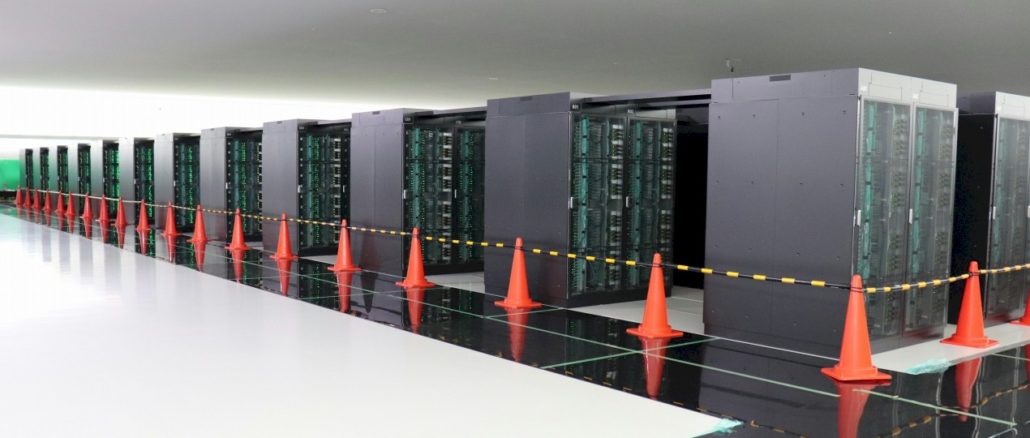
Japan Gets An LLM Compliments Of Fujitsu And RIKEN
Very few organizations have enough iron to train a large language model in a reasonably short amount of time, and that is why most will be grabbing pre-trained models and then retraining the parameters in the models with much smaller datasets that are important to them. …

